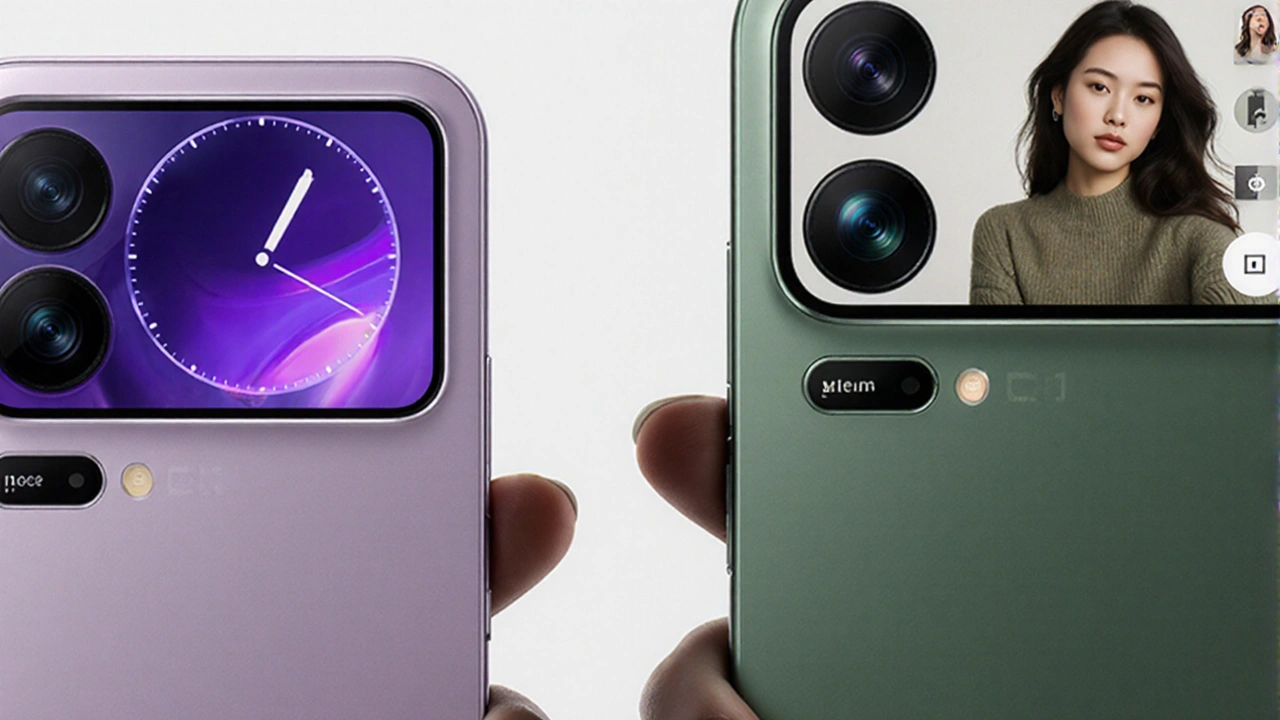Secondary Display: The Secret Weapon for Better Multitasking
When you start looking at secondary display, a supplemental screen that works alongside a main monitor or device, you quickly see how it ties into primary display, the main screen where most content appears and dual‑screen devices, gadgets built with two integrated screens. These tools boost productivity, the ability to get more done in less time and enable smoother multitasking, handling several apps or tasks at once. In plain terms, a secondary display is the sidekick that lets you keep an eye on emails, stats or chats while you work on the main task.
First thing to know: a secondary display doesn’t work alone. It requires compatible hardware – a graphics card that can drive two outputs, the right cables (HDMI, DisplayPort or USB‑C), and a desk space that can accommodate an extra screen. The connection is the bridge that lets the primary and secondary displays share data, so the quality of that bridge directly affects lag and visual fidelity. If your GPU only supports 1080p on one output, you’ll hit a wall trying to run a 4K secondary without scaling tricks.
Why bother? Because multitasking becomes less of a juggling act and more of a smooth flow. Imagine you’re watching a live football match (like the Sweden‑Kosovo qualifier) on the main screen while a spreadsheet of betting odds lives on the secondary. You can glance at odds without pausing the game. This same principle helps traders watch market tickers on one screen while analysing charts on another, or students keep a lecture video on one side and take notes on the other. In each case the secondary display expands the workspace, reducing the need to alt‑tab and keeping focus intact.
Software integration matters, too. Modern operating systems let you drag windows between screens, set different wallpapers, and assign app-specific shortcuts. Some apps even offer dedicated widgets for a secondary display – like calendar previews, chat heads, or real‑time social media feeds. Productivity suites (Microsoft Office, Google Workspace) remember which screen you prefer for which document, so you can habitually open a report on the main monitor and a reference PDF on the side.
Mobile tech is catching up. Foldable phones, such as the latest Galaxy Z series, unfold into a primary and a secondary panel, letting you run two apps side‑by‑side. Smartwatches act as ultra‑thin secondary displays, pushing notifications or quick replies that you can act on without pulling out your phone. Laptops with touch bars or detachable screens also count as dual‑screen setups, blurring the line between desktop and handheld.
Market trends show a steady rise in dual‑screen laptops and portable monitors. Prices have dropped from premium levels to under $150 for a 15‑inch USB‑C monitor, making it easy to add a secondary screen to a home office. Companies are launching monitors with built‑in speakers, USB hubs and even ergonomic stands, so the secondary display becomes a multi‑function accessory rather than a simple extra screen.
Choosing the Right Secondary Display for Your Needs
Start with resolution: 1080p is fine for basic tasks, but 1440p or 4K give sharper text for coding or design work. Size matters – a 24‑inch monitor offers plenty of real estate, while a 15‑inch portable panel slides easily onto a laptop. Connectivity is the next checkpoint: ensure your device has the right port (USB‑C with Power Delivery is a future‑proof choice). Finally, think about ergonomics – an adjustable stand or VESA mount lets you line up the secondary display at eye level, preventing neck strain.
With those basics covered, you’re ready to explore the articles below. They dive deeper into real‑world examples, from sports fans tracking live scores, to investors watching market data, to gamers using a secondary display for chat and stats. Whatever your angle, the right secondary display can turn a crowded desktop into a streamlined command center.




